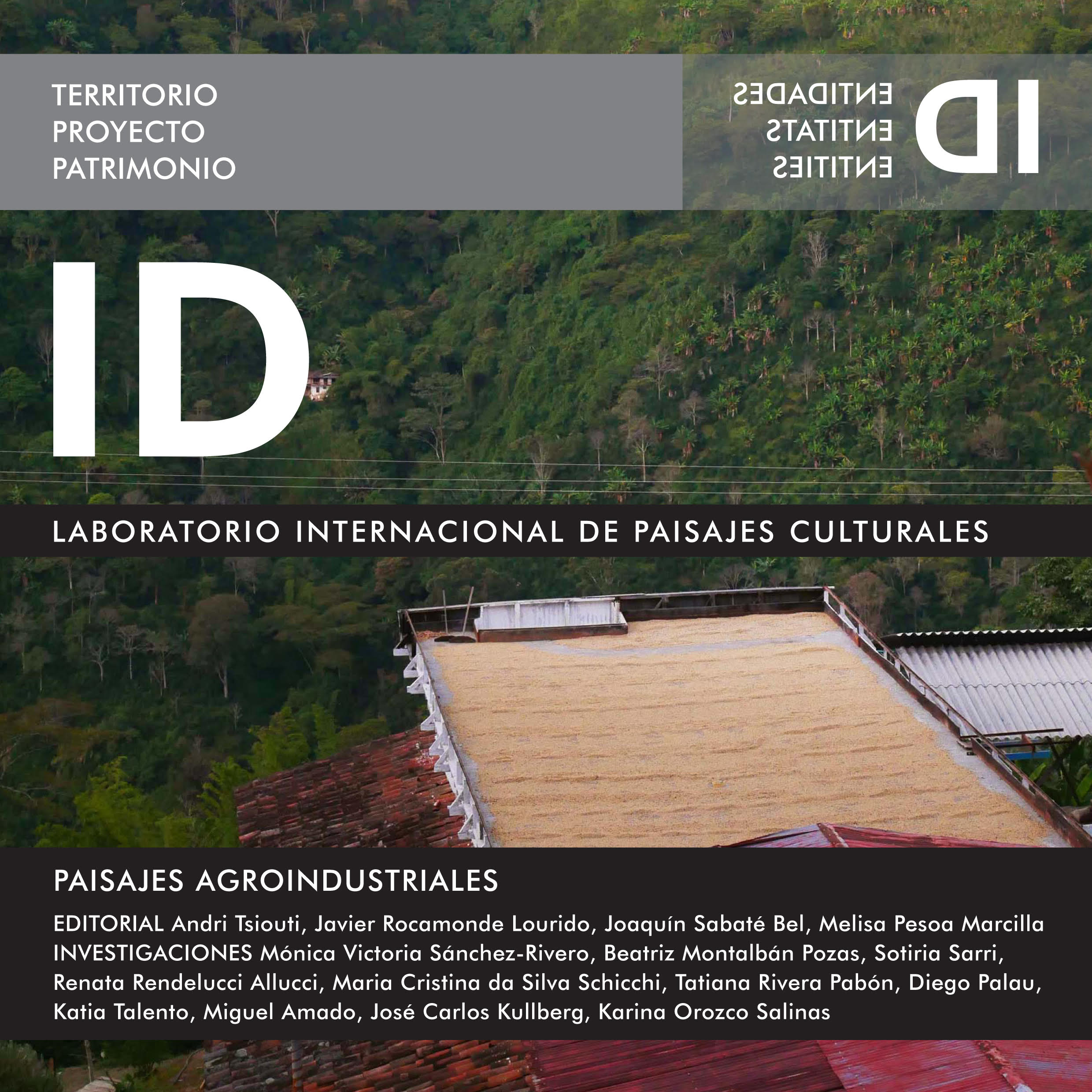PAISAJES CAFETEROS, REDES FÉRREAS Y PATRIMONIO INDUSTRIAL Configuraciones morfo territoriales de procesos productivos locales en el Paisaje Cultural Cafetero colombiano [COFFEE LANSCAPES, RAILWAY NETWORKS AND INDUSTRIAL HERITAGE Morpho-territorial configurations of local productive processes in the Colombian Coffee Cultural Landscape]
DOI:
https://doi.org/10.5821/identidades.10264Abstract
El trabajo confronta la delimitación territorial fragmentada y el enfoque rural de la declaratoria Unesco del Paisaje Cultural Cafetero, proponiendo un análisis más amplio del paisaje regional como un sistema espacial complejo. Este es configurado por las relaciones funcionales, estructurales y morfológicas establecidas en los diferentes subsistemas que soportan el proceso de producción cafetero: desde la plantación rural a la industrialización urbana y al comercio portuario. Se defiende la hipótesis de que la ferrovía desactivada, como elemento estructurante y modernizador del territorio agroproductivo, tiene aún un potencial articulador en las relaciones campo-ciudad a escala local, metropolitano y regional, y en la integración de un valioso, pero poco explorado patrimonio industrial cafetero que debe ser incluido en los procesos de planificación del paisaje. A partir del mapeamento de las transformaciones del paisaje a lo largo de las antiguas líneas férreas de la ciudad de Pereira, se identifican y analizan unidades morfo territoriales y tipologías de patrimonio industrial que dan cuenta de la evolución técnica en la cadena productiva y dotan al paisaje cafetero de un mayor sentido de unidad, historicidad y dinamismo.
Palabras clave: paisaje cafetero, patrimonio industrial, ferrovía, proceso productivo, unidad morfo territorial.
ABSTRACT
The work confronts the fragmented territorial delimitation and the rural approach of the Unesco declaration of the Coffee Cultural Landscape, proposing a broader analysis of the regional landscape seen as a complex spatial system. This system is configured by the functional, structural and morphological relationships present in the different subsystems that support the coffee production process: from the rural plantation to the urban industrialization and the trading port. We suggest the hypothesis that the deactivated railroad, as a modernizing and structuring element of the agroproductive territory, preserves an articulating potential of the urban-rural relations at local, metropolitan and regional scales, and in the integration of a forgotten but valuable coffee industrial heritage that must be considered in the landscape planning processes.
Following the mapping of the landscape transformations along the old railway lines of the city of Pereira, we identify and analyze some morphoterritorial units and typologies of the industrial heritage that account for the technical evolution of the productive chain and give to the coffee landscape a greater sense of unity, historicity and dynamism.
Keywords: Coffee landscapes, railway, industrial heritage, production process, Morpho-territorial Unit
Downloads
Published
Issue
Section
License
Those authors who have publications with this journal, accept the following terms:
a. Authors will retain their copyright and guarantee the journal the right of first publication of their work, which will be simultaneously subject to the Creative Commons CC BY-NC-ND-4.0 recognition license that allows third parties to share the work provided that its author and its first publication are indicated in this journal, but they cannot be changed or used commercially.
b. Authors may adopt other non-exclusive license agreements for the distribution of the version of the published work (eg: deposit it in an institutional telematic archive or publish it in a monographic volume) provided that the initial publication in this journal is indicated.
c. Authors are allowed and recommended to disseminate their work through the Internet (e.g. in institutional telematic files or on their website) before and during the submission process, which can lead to interesting exchanges and increase citations. of the published work. (See The effect of open access).













